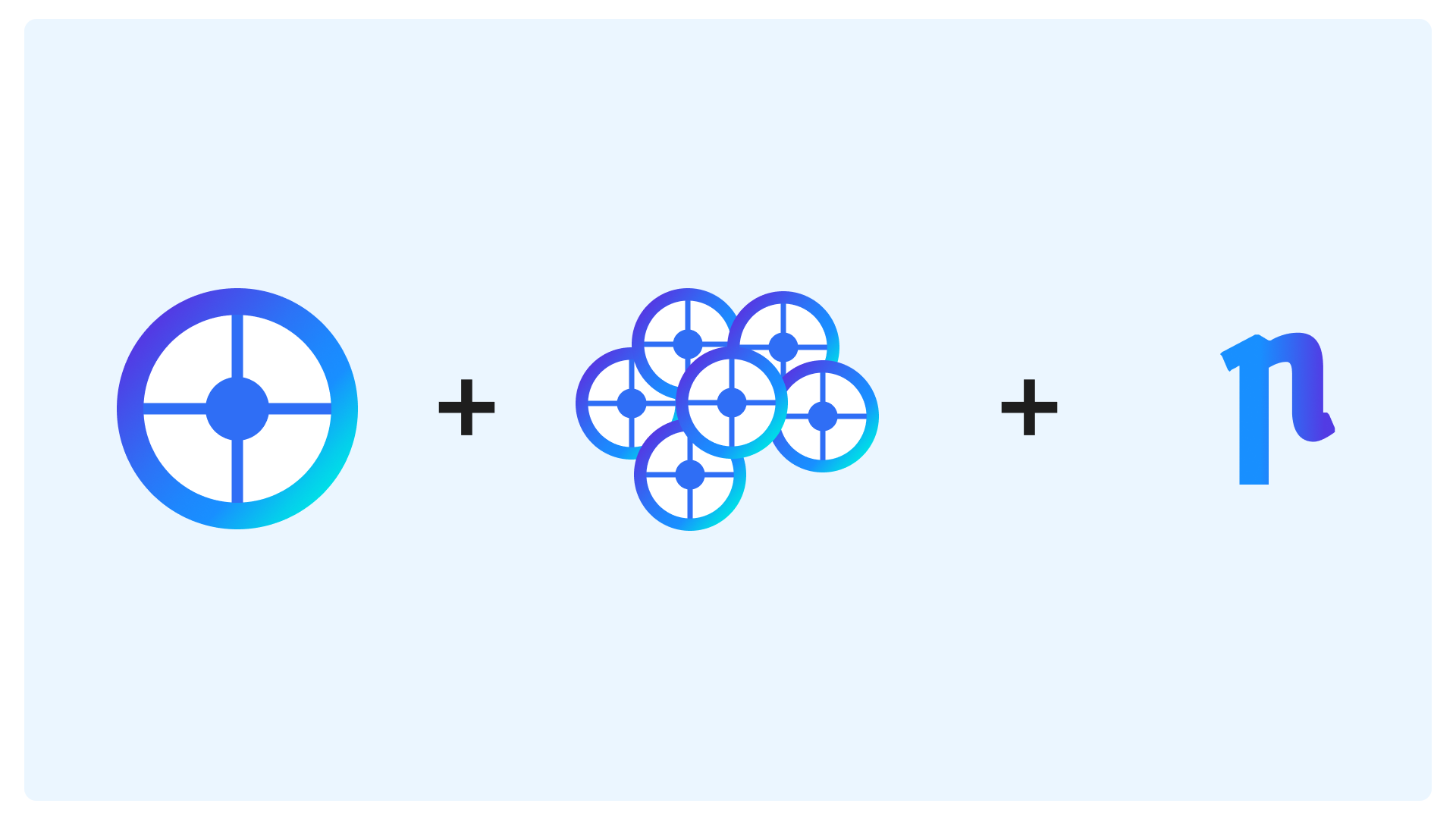We are proud to announce Rönd, the new open‑source project released by Mia‑Platform that distributes security policy enforcement over your APIs.
In Mia‑Platform we strongly believe in the open source community, and we keep enhancing our commitment to give developers around the world new tools to solve common problems, so that they can focus on creating brilliant and innovative software.
After several months of running successfully in production environments, where we kept asking for feedback from developers from different teams, we found out that our product was stable, complete, and very effective. Thus, we decided to release it as an open‑source project - Rönd itself - so that everyone can benefit from an enterprise‑ready and fully customizable authorization mechanism without having to build it from scratch.
Our solution was made possible by Open Policy Agent, the CNCF graduated open‑source policy engine, so releasing Rönd open source was the correct choice to repay the extraordinary community.
Skal to Rönd!
Rönd is a lightweight container that distributes security policy enforcement throughout your application. Rönd allows you to define security policies in Rego language to be executed during API invocations. There are three supported policy types:
- Allow or reject the request;
- Query generation during the request flow;
- Response body patching.
Rönd is built according to the Sidecar Pattern: it runs in your Kubernetes cluster as a sidecar container alongside your Pods. This avoids any code duplication, makes it language agnostic with respect to the Pod, and prevents the introduction of single points of failure in the architecture. Although Rönd is a distributed service, we paid particular attention to the resource it consumes: so we designed our container in order to introduce low additional costs. If necessary, Rönd can also run as a standalone service.
Rönd intercepts the API traffic and applies your policies to the API requests: it checks the user’s authorization and permissions, and it can also allow you to operate verifications on the API payload. Then, if policy requirements are satisfied, Rönd forwards the request to your application service, which can process it. On the contrary, if requirements are not met, Rönd rejects the API invocation: in this way, if not authorized, the API call does not even reach the service itself, so it’s more secure.
Rönd natively allows you to build an RBAC/ABAC solution by defining the concepts of Roles, Permissions, and User Groups as building blocks. This is actually how Rönd was born. If you want to know more about it, here’s How and why we adopted Role-Based Access Control (RBAC).
Every legendary weapon needs a name
Now, why did we decide to call it Rönd? Since we are very proud of the strength of our open‑source project, we needed something that could fully represent its robustness. And what is more powerful than the mighty Vikings?
So we chose the Viking round shield - Rönd - because our authorization mechanism enhances defense and security across your applications. The wall of shields, the famous military formation used by Vikings, can block any attacks or let people pass through with "close and open" tactics. Once you implement Rönd in all your microservices, you will have a super effective wall of shields protecting your distributed application.
Then we aimed for more. We wanted our shields to be recognized as a reliable security tool that anyone can use in their projects, regardless of the programming language. Inspired by the Vikings who settled in Ireland and Scotland and created an open and new culture by mixing with the local culture, we painted the Gaelic R in the center of our shields as a sign of internationality to symbolize the openness of our tools. In fact, just as those Vikings were able to adapt to the Gaelic alphabet by abandoning the runes, the Rönd can embrace every single programming language you like.
To better protect ourselves we needed a helmet, like the one of Open Policy Agent, the open source solution at the core of Rönd. With Rönd you can create your own fully‑equipped Viking armored infrastructure!
How we have forged Rönd logo
The Rönd logo aims to represent the story described above. There has been great work behind it, so it is worth explaining.


















